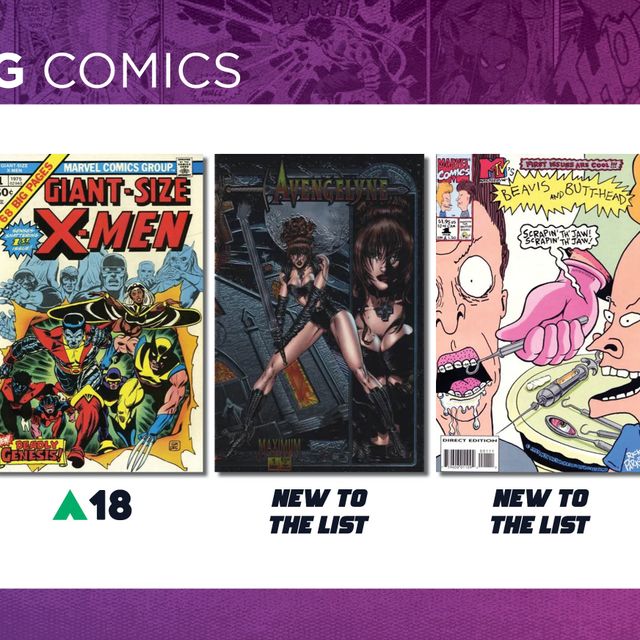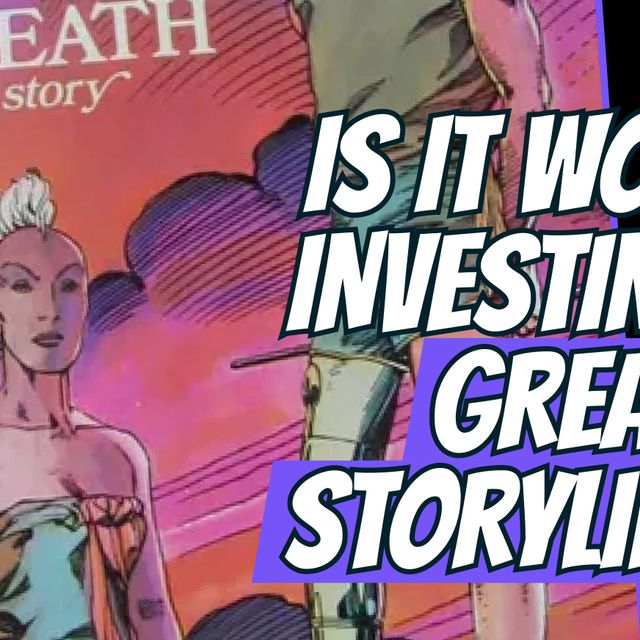
A common strategy with comics in the superhero genre is to rebrand and reuse older heroes transforming their powers and identities so they appeal to later generations of readers. A perfect example of this is the saga of the Blue Beetle.
There are many Blue Beetles and, just as in the case of characters like: Hawkman, Green Lantern or Flash (along with a number of others), the inter-generational stories, when told right, can create a sense of continuity and connection across different comic book series. Nowhere is this better illustrated than in the case of Blue Beetle as a bit of history can help clarify.
Blue Beetle is a character whose constant rebranding over the years transformed his legacy, mainly by linking the mythos of different stories spanning three different Beetles from three different publishers.
Originally published by Fox Comics starting in 1939, after Fox went bankrupt circa 1955 the character was acquired and re-branded by Charlton to be relaunched in 1966. Since the mid-1980s, and the demise of Charlton, Blue Beetle appears in books published by DC. Since DC was rebooting its universe at the time it acquired the Charlton heroes, the first issue of Crisis was released in 1985, this allowed the possibility of the development and evolution of the Blue Beetle saga. The Beetle’s story arc, therefore, is one that has an inter-generational connection like few others, and what this means, from a comic fan point of view, is that the character has many important key comics. Let’s take a look at the ones worth seeking out.
Mystery Men Comics #1 (August 1939) – First Appearance of Blue Beetle
It’s hard to believe that this August marks the 79th anniversary of the introduction of Blue Beetle, but here we are. This comic published by Fox Comics in 1939 introduced Dan Garret to the world. Created by Will Eisner and Charles Nicholas, Garret – a Police officer - was the first and original Blue Beetle. His powers in his earliest appearance were his imagination for inventions (like a microscopic telephone that he uses to call the Police), and his two fists. Later he would get a special costume and augmented strength through the ingestion of a special vitamin called 2-X. This comic is rare with only 29 copies on the CGC census. Highest recorded grade is a 9.2 and best returns over the last eight years have been on 5.0 (+177.8%) with the last sale, a Heritage Auction on August 9 2014, fetching $5,975.00. This is a great addition to any collection if you can find and afford it.
Captain Atom #83 (November 1966) – First Ted Kord as the Beetle
In issue #83 of Captain Atom, Charlton launched the second Blue Beetle. Given a makeover by Gary Friedrich and Steve Ditko, not only was the history of the first Beetle now changed (his former identity of Dan Garret was kept but he was understood to have been an archaeologist who had found a special scarab from which he got powers) but Charlton went even further and introduced Ted Kord. Kord inherited Garrett’s mystical scarab, but not knowing how to use it, instead relied on his gadgets and fighting skills (a lot like the earliest Fox Comics version). This comic featuring Kord's first appearance is quite valuable in higher grades. You can still find a CGC 7.0 copy for under $200.00 and raw for a lot less. Best returns, however, have been on CGC 9.0 grades over the last three years, showing + 233.3% return on investment.
Blue Beetle #1 (June 1986) – First DC solo series with post-Crisis Ted Kord
In 1983 DC Comics acquired the right to most of the Charlton comic book characters. With this stable of heroes came the need for a platform to market them. The task of developing that platform was put in the able hands of British writer Alan Moore. Unfortunately the story Moore came up with (a dystopian tale called Watchmen) eviscerated the legacy of these same characters. So DC and Moore then did the next best thing and changed the names and identities of the Charlton properties in order to protect the ongoing viability of the characters. The character of Blue Beetle, therefore, was renamed ‘Nite Owl’ in Watchmen (and since there were actually two Blue Beetles Moore, following suit, had introduced two Nite Owls: Hollis Mason and Daniel Drieburg). This ended up being a good move on the part of DC, since if they hadn’t transformed Blue Beetle into Nite Owl, the subsequent adventures of the Beetle would have been completely different. Continuing the adventures of Ted Kord, the DC version's first appearance is actually Crisis on Infinite Earths #1, but this comic is the more valuable key. A 9.8 CGC copy will cost you $150.00 and returns have been mixed over the last few years.
Infinite Crisis #3 (February 2006) - First Jamie Reyes as the Beetle
Jamie Reyes is the third Blue Beetle. This latest version is a teenager and has taken on traits and powers of both the first and second Beetles. Using the mystical scarab after inheriting it from Ted Kord, Reyes uses it to form an exoskeleton with special weapons. It turns out that the scarab is actually of alien origin, a fact that will shape all future Beetle stories. Reyes, however, is quirky and impulsive as well as something of a fan favorite. His popularity was probably helped by his appearances on the excellent DC animated series ‘Young Justice’. The third season of that show will air on DC Universe soon. Infinite Crisis #3 is Jamie's first appearance and the most affordable of the Beetle keys. A 9.8 CGC copy (and you shouldn’t seek out anything lower) has a positive return on investment of +106.6%, and currently holds a fair market value of around $60.00. If you’re a Blue Beetle fan, happy hunting.


